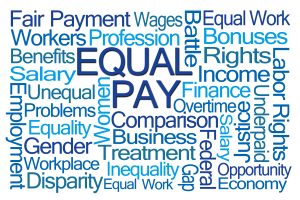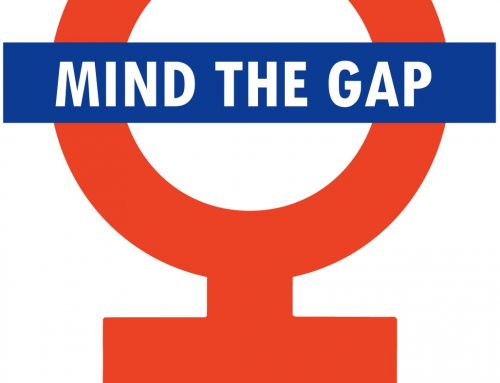 In the pay gap, it seems timing is everything. A study by the US Census Bureau found that women who gave birth to their first child before 25 or after 35 suffered fewer discrepancies in pay compared to their husbands. Women who gave birth within that 10-year window had the highest wage gap, and further, never recovered the ground they lost, even when children grew older.
In the pay gap, it seems timing is everything. A study by the US Census Bureau found that women who gave birth to their first child before 25 or after 35 suffered fewer discrepancies in pay compared to their husbands. Women who gave birth within that 10-year window had the highest wage gap, and further, never recovered the ground they lost, even when children grew older.
The theory for why these age windows are so important comes down to career stage. Women who have children before age 25 are often at the earlier stages of their career, a time not quite so important for wage longevity. In addition, women having children earlier in life tend to work in less skilled jobs. Women having children after 35 may have ascended the ladder enough to establish some level of security. Also, women who have their first child after 35 may be less apt to have a second or third child. The study points out that the wage gap widens further for every child born, no matter the age of the mother, and does not reduce until the child reaches age 10.
Women who choose to have children between 25 and 35 do so during their prime career-building years. And women are the ones who will down shift their career ambitions, be less likely to take a promotion, or work fewer hours. They do this in order to manage the majority of child care and household duties that still fall on the woman’s shoulders.
The New York Times highlighted an interesting similarity for this pay gap in Scandinavia, where generous parental leave policies and affordable child care would seem to make women’s participation in the workforce, and therefore their pay, more equal to men. Even there, women’s pay plummets in comparison to men. Perhaps programs and structures matter less to the pay gap than when a woman has her first child. As in many things in life, timing is everything.





